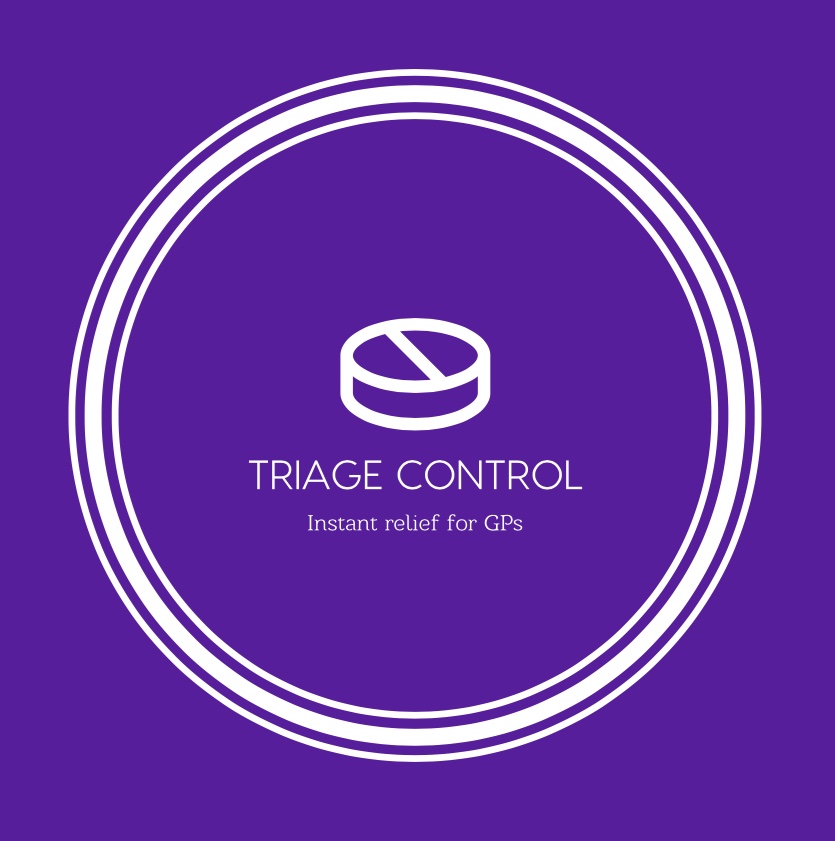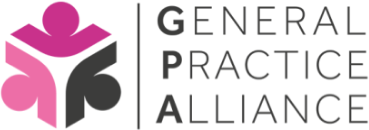Triage Control
Triage Control was developed and created by Dr Dipesh Naik at Abington Medical Centre. It originated from simple templates, to more sophisticated protocols that are delivered by reception staff with the ultimate responsibility resting with clinicians. Triage Control has enabled the practice to take better control of their same-day access issues in order to provide more consultations and to treat more patients than ever before in a more cost effective manor.
The benefits to the surgery are that it:
- Reduces the average time it takes a GP to assess a patient asking for Same Day treatment;
- Reduces average appointment times for Same Day patients where an appointment is appropriate;
- Increases the numbers of patients a practice can provide appropriate treatment for during the day;
- Increases the numbers of patients who are directed to the most appropriate forms of treatment, either within the practice or elsewhere, at the earliest opportunity.
How does it work?
- Specially trained reception staff ask same-day patients a series of clinically-devised questions according to their presenting complaint;
- If a patient needs immediate and urgent treatment, they will be advised to attend urgent care services accordingly.
- If a patient can be treated outside the practice, they will be advised that this is safe and appropriate.
- In all cases details of the Receptionist - Patient conversation answers are passed to the clinician responsible for managing Same Day demand, where information is reviewed, and appropriate actions documented.
- Pathways interact with the patient record, making the protocols responsive to the answers patients provide, enabling true flexibility to the outcomes of the pathways.
What Are The Benefits To The Practice?
Capacity Management for Practices
- Triage Control improves Same-day appointment capacity management by reducing the average length of a GP’s consultation time, whilst also reducing footfall to the practice through signposting patients to other healthcare settings;
- Typically, 50% of same-day requests (handled by the condition pathways) are successfully diverted elsewhere;
Practices generate the capacity to manage up to 50% more Same-day patients.
Online Consulting
This particular functionality is currently being worked up to enable patients to directly contact the surgery with information that relates to their same-day problem and handed to the clinicians to process further. This effectively allows the patient to bypass reception staff, who simply would have asked the same questions if the patient had telephoned in or presented at the front desk.
Consistency, Standards, Accurate Record Keeping and Business Intelligence
- Specially trained receptionists work to a common standard to ensure communication with patients is consistent.
- Patients recognise consistency in the way they are dealt with by our receptionists.
- Clinical entries are clear, concise and include valuable information derived from the coded detail in a patient’s record.
- Clinical entries are automated, reducing the time information gathering takes, whilst ensuring that information passed back to the patient is consistently documented.
- The quality of clinical coding increases as coding takes place behind the scenes.
- Practices get a mechanism for accurately measuring Same-day Demand reporting the effectiveness through Key Performance Indicators.
Interested in this for your Federation or Practice?

